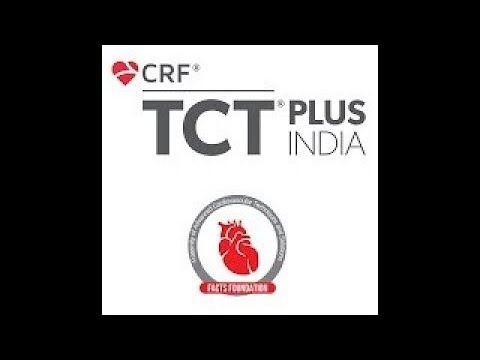 Posted on November 21, 2024
Posted on November 21, 2024
Treatment Strategies for Bifurcation Lesions: A Case Study
In the world of interventional cardiology, complex cases often serve as valuable learning experiences. This blog post details a specific case involving a 58-year-old gentleman with unstable angina and preserved ejection fraction. Through a careful examination of his medical history and angiographic findings, we will explore the treatment strategies employed to address his condition.
Patient Profile
The patient in question is a 58-year-old male with a history of unstable angina. He has preserved ejection fraction and has undergone previous interventions, including an angioplasty with a Cypher stent in 2011. His medical history also includes diabetes and hypertension, which are critical factors in managing his cardiovascular health.
Initial Angiographic Findings
Upon reviewing the angiogram, several noteworthy findings emerged. There was significant in-stent restenosis (ISR) present in the left anterior descending artery (LED), alongside a dominant circumflex artery. The initial stent had performed well over the years, but the presence of ISR indicated a need for further intervention.
- Proximal circumflex artery showed signs of narrowing.
- Minimum lumen area in the LED was measured at 3.71 mm2.
- Distal edge showed an underexpanded area at 5.7 mm2.
These findings necessitated a strategic approach to optimize the existing stent and address the ISR effectively.
Strategic Approach to Intervention
The strategy proposed involved optimizing the existing stent in the osteoproximal LED. The plan was to utilize a drug-eluting balloon (DEB) to enhance the stent’s performance. This approach allows for the first stent to be used effectively while preparing for a dedicated bifurcation treatment.
Importance of Stent Optimization
As highlighted by the speaker, optimizing the existing stent is crucial, especially when dealing with bifurcation lesions. The use of a drug-eluting balloon can help to achieve better lumen dimensions before placing a new stent. This method prevents recoil and maximizes drug delivery.
Intervention Techniques
To address the ISR segment in the LED, a 3.5 mm cutting balloon was employed. This technique aimed to enhance the minimum lumen area and facilitate better drug delivery. The pullback after the intervention revealed several crucial observations.
- The minimum lumen area showed a slight improvement to 2.91 mm2.
- Key areas of interest included the left main, which measured 22 mm2.
- The distal circumflex area was noted at 5.86 mm2 with a proximal circumflex showing 2.91 mm2.
These measurements are vital in determining the next steps in the intervention process.
The Role of Advanced Stenting Techniques
With the advancements in stenting technology, particularly the use of the Megatron stent, there are significant benefits. This stent is designed to expand up to 6 mm2 without compromising its structural integrity or drug delivery kinetics.
Stenting Procedure
The procedure involved placing a 3.4 mm x 32 mm Megatron stent from the left main to the circumflex artery. Following this, a 3.5 mm x 32 mm Synergy stent was deployed further down to cover the lesion effectively. Initial porting was performed using a 6 mm x 8 mm emergent balloon to prepare the area for optimal stent placement.
Final Outcomes and Measurements
After the interventions, the final measurements were promising. The average diameter of the left main was recorded between 6.47 mm to 5.77 mm, with a final diameter of approximately 6 mm. The areas measured were:
- Left main area: 29 mm2.
- Circumflex osteum area: 8.28 mm2.
- Distal area: 10.48 mm2.
These results indicated a successful intervention, although there remains a high probability of recurrence in the osteum.
Conclusion
In summary, this case illustrates the complexity and intricacies involved in treating bifurcation lesions. The combination of advanced stenting techniques and careful planning can lead to successful outcomes, even in challenging scenarios. Continuous advancements in technology and method will further enhance the effectiveness of treatments for patients with similar conditions.
As interventional cardiology progresses, the focus remains on optimizing patient outcomes through innovative strategies and thorough understanding of the anatomy and pathology involved. This case serves as a reminder of the importance of a tailored approach in managing cardiovascular diseases.